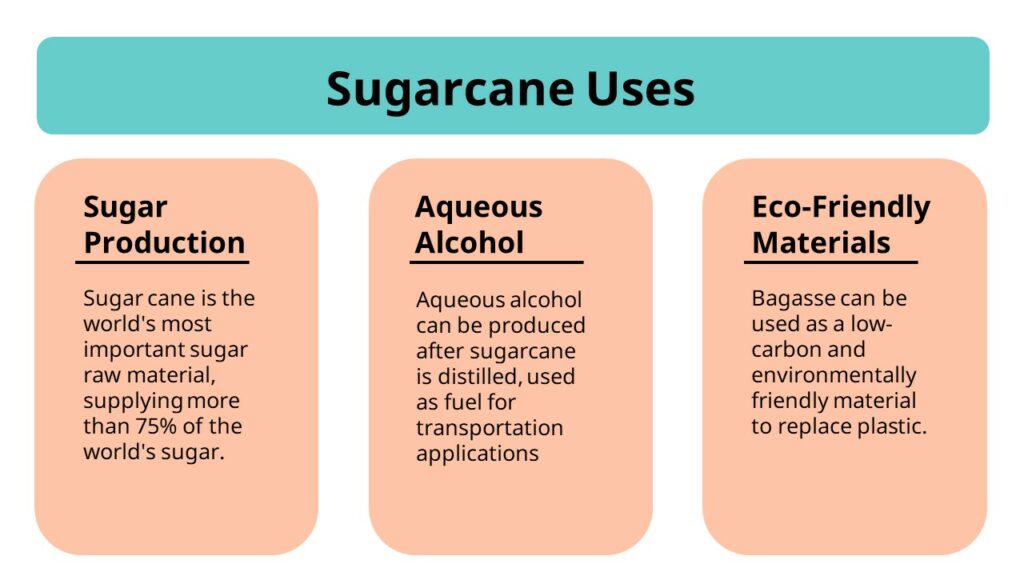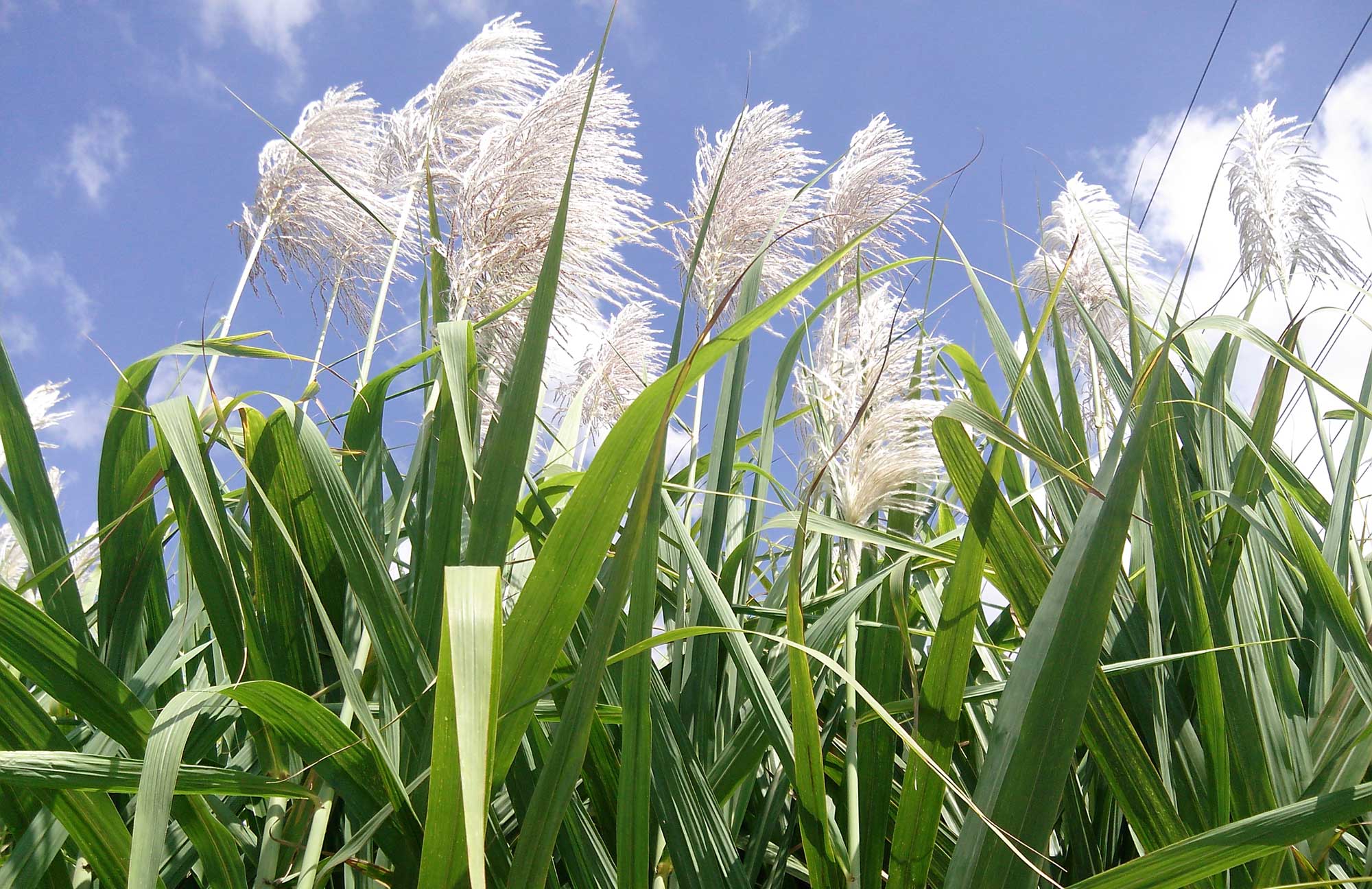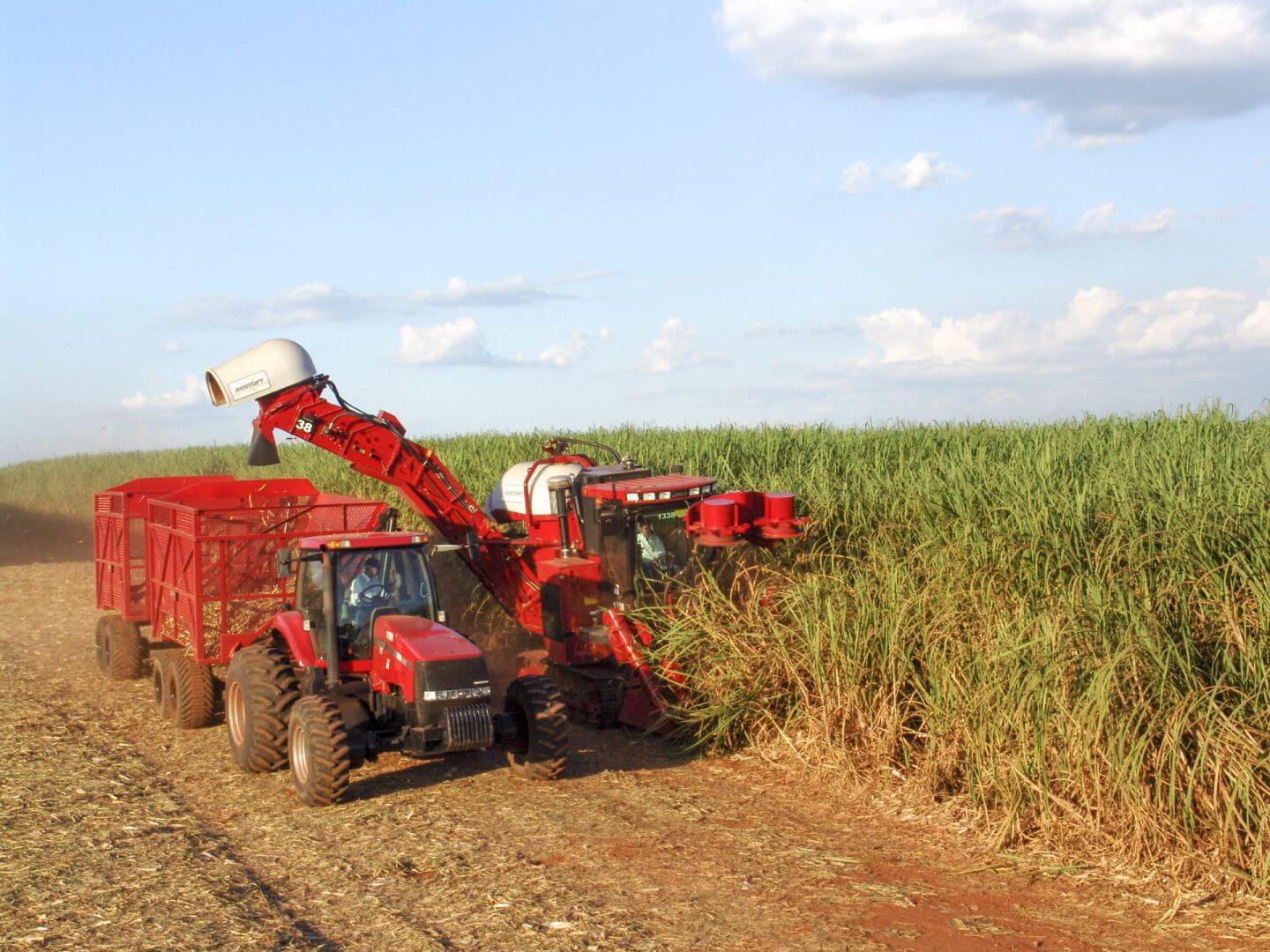Understanding How Sugar Canes Work: What Are Sugar Canes Utilized For in Food and Beyond?
Sugar canes are indispensable to different aspects of both industrial and cooking practices. Their convenience allows them to be transformed into sugar, drinks, and also biofuels. As one discovers the trip from cultivation to processing, the diverse applications of sugar canes disclose a complex interplay in between agriculture and industry. The ramifications of sugar cane manufacturing extend past simple energy, elevating inquiries about ecological sustainability and financial influence.

The Background and Origin of Sugar Canes
Usually taken for provided in modern diet regimens, the history and origin of sugar canes expose a complex journey that spans thousands of years. Belonging To Southeast Asia, sugar walking stick was initial cultivated around 8000 BCE, with its sweet juice coming to be highly valued by early human beings. By the very first millennium advertisement, it infected India, where it was refined into crystallized sugar, a notable technology that changed its use and profession. The introduction of sugar cane to the Mediterranean happened around the 7th century, many thanks to Arab investors, who identified its economic potential.During the Age of Exploration, European colonists established sugar vineyards in the Caribbean, significantly influencing worldwide trade. By the 17th century, sugar became an essential asset, sustaining economic situations and affecting social structures. The tale of sugar walking sticks is linked with agriculture, commerce, and cultural exchanges, noting its relevance in shaping contemporary culinary methods and financial systems.

Cultivation and Harvesting Practices
The cultivation and harvesting of sugar canes involve numerous vital practices that establish the top quality and yield of the crop - What Are Sugar Canes Used For. Crucial element include efficient dirt preparation strategies, specific planting approaches, and reliable harvesting strategies. Understanding these practices is crucial for maximizing manufacturing and guaranteeing sustainability in sugar walking cane farming
Soil Preparation Techniques
Reliable dirt prep work techniques are important for successful sugar cane cultivation, as they lay the structure for healthy growth and perfect yield. The process begins with soil testing to examine nutrient degrees and pH equilibrium, permitting tailored modifications. Plowing and tilling are then utilized to aerate the dirt and damage up compaction, boosting origin infiltration. Incorporating organic matter, such as garden compost or well-rotted manure, improves soil fertility and structure. In addition, correct drainage systems are critical to stop waterlogging, which can impede walking cane advancement. Cover chopping may likewise be made use of to suppress weeds and enhance dirt health and wellness. These techniques collectively assure that sugar walking stick has the ideal setting to thrive, resulting in robust plant health and wellness and increased performance.
Planting and Growth
Effective planting and growth methods are essential for optimizing the yield of sugar walking cane. The procedure starts with choosing healthy seed canes, which are sectors of fully grown stalks rich in buds. These seed canes are usually grown in well-prepared dirt, ideally at a deepness of 4 to 6 inches, making certain ample wetness and aeration. Sugar cane prospers in cozy environments with sufficient sunlight and requires consistent irrigation, particularly throughout droughts. Fertilization with phosphorus, nitrogen, and potassium is vital to promote durable development. Weed control is likewise crucial, as competitors can hinder development. Routine surveillance of plant health and wellness and soil problems allows for prompt treatments, eventually resulting in an effective plant that fulfills market needs.
Gathering Methods
Gathering sugar cane requires careful preparation and execution to assure maximum return and quality. Typically, the harvest happens when the walking cane gets to suitable sugar material, often between 12 to 18 months after planting. There are two main methods: handbook and mechanical harvesting. Manual harvesting involves workers utilizing machetes to cut the stalks at ground degree, ensuring marginal damage to the plant and dirt. In comparison, mechanical harvesting uses specific equipments that cut, chop, and deliver the walking cane, enhancing efficiency and lowering labor costs. Mechanical methods can lead to higher dirt compaction and loss of nutrients. No matter of the approach, prompt harvesting is essential, as delays can result in decreased sugar high quality and increased vulnerability to illness and pests.
Handling Strategies for Sugar Extraction
The handling of sugar walking stick is a critical stage in sugar production, incorporating several crucial strategies - What Are Sugar Canes Used For. Harvested walking cane undergoes juicing and crushing to remove its pleasant fluid. This juice after that proceeds via purification and condensation, changing it right into the sugar most commonly used today
Harvesting Sugar Walking Stick
Sugar walking cane collecting marks a vital phase in the manufacturing process, where timing and method play necessary duties in optimizing return. Commonly, the harvest happens when sugar web content goes to its top, which varies based on climate and development conditions. Workers make use of customized equipment or manual tools to cut the walking cane at the base, making certain minimal damages to the plant. Appropriate technique is important; cutting too expensive can lower the high quality and amount of the sugar removed later. After reducing, the walking stick needs to be carried without delay to processing centers to stop perishing and sugar deterioration. The performance of the harvesting process significantly influences the general efficiency and success of sugar walking stick farming, making it a key emphasis for manufacturers.
Juicing and squashing
When sugar walking stick is collected, the next necessary step entails crushing and juicing to extract the wonderful fluid which contains sucrose. This procedure normally employs hefty equipment made to crush the stalks, damaging down the fibrous framework and releasing the juice. Mills or rollers use significant stress, permitting the walking cane juice to spurt while separating the fibrous deposit, referred to as bagasse. As soon as crushed, the walking cane is typically subjected to a collection of pressing stages to maximize juice removal. The gathered juice is abundant in sugar and may contain contaminations, which will be dealt with in later handling steps. In general, squashing and juicing are crucial strategies that transform collected sugar walking cane into a liquid kind appropriate for more refinement.
Purification and Crystallization
Purification and formation are essential processes in changing raw walking stick juice right into refined sugar. After removing juice from crushed sugar walking sticks, the liquid has impurities such as plant fibers, minerals, and healthy proteins. To accomplish filtration, the juice undertakes clarification, where warmth and lime are included to speed up contaminations, which are after that removed. The cleared up juice is after that concentrated through dissipation to form a thick syrup.Next, formation takes place, where sugar crystals form the original source as the syrup cools. This process commonly entails seeding the syrup with existing sugar crystals to promote consistent growth. The resulting crystals are divided from the staying molasses through centrifugation, yielding pure sugar. This refined product is after that dried and packaged for various culinary uses.
Culinary Use Sugar Canes
While commonly associated primarily with sugar, sugar walking canes supply a versatile variety of cooking applications past their duty in sugar manufacturing. Fresh sugar cane can be juiced, producing a wonderful, invigorating drink enjoyed in several tropical areas. This juice acts as a base for alcoholic drinks and smoothies, including a special taste profile.Additionally, sugar walking cane syrup, stemmed from steaming down the juice, is utilized as a natural sugar in different dishes, from sauces to desserts. The syrup imparts a rich, caramel-like flavor, improving both pleasant and full-flavored recipes.In some cuisines, sugar walking stick stalks are smoked or baked, offering a distinctive great smoky taste that complements vegetables and meats. In addition, sugar walking cane can be included into desserts, such as desserts and sweets, where its sweet taste and coarse texture produce delightful contrasts. Overall, sugar walking sticks add to both ingenious and conventional cooking creations throughout varied societies.
Industrial Applications Past Food
Beyond their culinary usages, sugar walking sticks play a significant function in various industrial applications, adding to sectors such as bioenergy, paper production, and bioplastics. The fibrous material of sugar walking cane is utilized in the production of biofuels, particularly ethanol, which functions as a sustainable power source that decreases reliance on nonrenewable fuel sources. In the paper market, bagasse, the coarse deposit left after juice removal, is processed right into pulp for paper and cardboard production, promoting sustainable techniques by making use of waste. In addition, improvements in bioplastic modern technology have caused the development of naturally degradable plastics originated from sugar walking stick, offering an environmentally friendly alternative to standard petroleum-based plastics. These industrial applications not just boost the value of sugar walking canes yet additionally straighten with worldwide movements towards sustainability and renewable energies, illustrating their versatility beyond the cooking area.

The Environmental Effect of Sugar Cane Production
The manufacturing of sugar cane, despite its countless commercial benefits, positions considerable environmental difficulties. Deforestation is often an effect, as huge areas of land are gotten rid of to grow sugar walking stick, causing environment loss and biodiversity decline. Additionally, the intensive farming techniques related to sugar walking stick farming can result in soil degradation and disintegration. The heavy usage of chemicals and plant foods to optimize returns contributes to water pollution, detrimentally impacting water ecosystems.Moreover, sugar cane production is linked to boosted greenhouse gas emissions, especially with land-use modifications and the burning of walking cane fields prior to harvest. These methods not only influence air high quality yet additionally add markedly to environment change. On top of that, the water-intensive nature of sugar walking cane farming places anxiety on regional water sources, impacting communities and More Bonuses areas reliant on these supplies. Addressing these ecological influences is vital for sustainable sugar walking cane production in the future.
Frequently Asked Questions
Exist Health Conveniences Surrounding Consuming Sugar Walking Cane?
The concern of health and wellness advantages associated with sugar walking cane usage highlights prospective advantages. Sugar walking stick might supply hydration, necessary minerals, and antioxidants, however moderation is necessary because of its natural sugar web content and feasible health and wellness implications.
Just How Does Sugar Walking Cane Contrast to Other Sweeteners Nutritionally?

Sugar cane supplies natural sweetness, mostly consisting of sucrose, while other sweeteners differ in structure and caloric web content. Contrasted to fabricated options, sugar walking cane gives minerals and vitamins, though it stays high in calories and carbohydrates.
Can Sugar Walking Cane Be Expanded in Non-Tropical Areas?
Sugar walking cane largely thrives in tropical environments, calling for cozy temperatures and abundant rainfall. While some non-tropical regions attempt farming, success is limited as a result of poor heat and expanding seasons, making large production testing.
What Are the Common Bugs or Conditions Affecting Sugar Canes?
Common bugs affecting sugar walking sticks include the sugarcane borer and aphids, while diseases like leaf scald and red rot posture considerable dangers. Effective administration strategies are vital for preserving healthy sugar cane plants and taking full advantage of yields.
How Does Sugar Cane Effect Citizen Economies?
The impact of sugar cane on regional economic situations is substantial, providing work chances, increasing agricultural markets, and contributing to exports. Its growing supports regional organizations and enhances area development via boosted income and facilities improvements. Indigenous to Southeast Asia, sugar walking stick was first cultivated around 8000 BCE, with its sweet juice coming to be extremely valued by very early worlds. The intro of sugar cane to the Mediterranean occurred around the 7th century, thanks to Arab investors, who acknowledged its economic potential.During the Age of Exploration, European this homesteaders developed sugar plantations in the Caribbean, substantially affecting worldwide trade. The processing of sugar walking stick is a vital phase in sugar production, encompassing numerous vital techniques. While typically linked mostly with sweeteners, sugar walking canes offer a flexible variety of culinary applications beyond their duty in sugar manufacturing. The hefty usage of pesticides and plant foods to take full advantage of returns adds to water air pollution, adversely impacting marine ecosystems.Moreover, sugar cane manufacturing is connected to raised greenhouse gas discharges, particularly via land-use changes and the burning of walking stick fields prior to harvest.